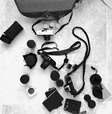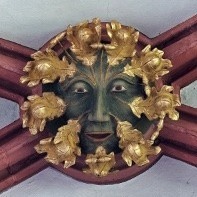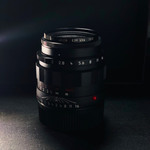My experience with the 50SL f/1.4
-
Recently Browsing 0 members
- No registered users viewing this page.
-
Similar Content
-
- 20 replies
- 604 views
-
Busting the myth - Summilux 50 ASPH and Summilux 50 ASPH Black Chrome edition really are IDENTICAL optically 1 2
By Al Brown,
- 29 replies
- 1,054 views
-
- 4 replies
- 561 views
-
- 67 replies
- 5,303 views
-
- 4 replies
- 503 views
-





Recommended Posts
Join the conversation
You can post now and register later. If you have an account, sign in now to post with your account.
Note: Your post will require moderator approval before it will be visible.